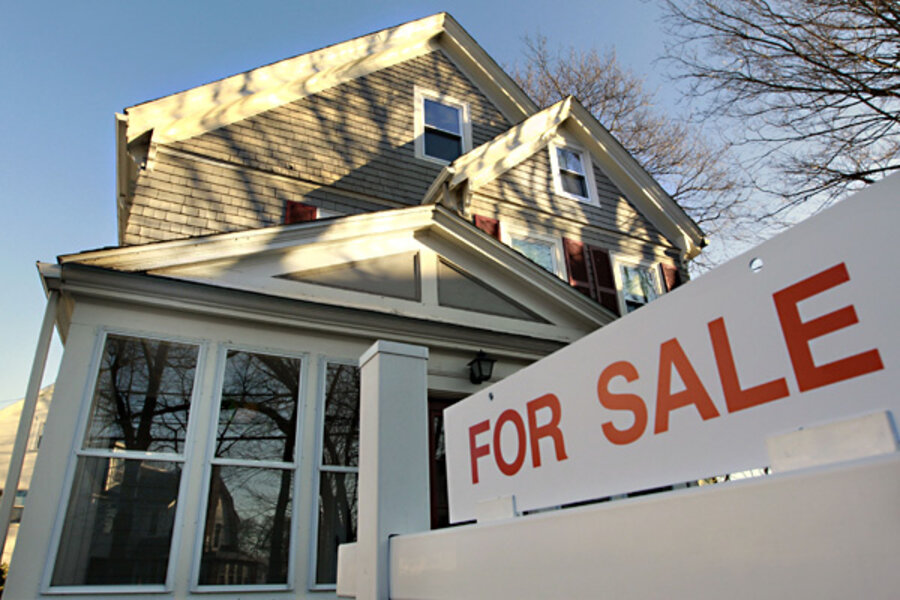How a short-term mortgage can save you long-term cash
Loading...
Whenever a person is ready to apply for a mortgage, they’re faced with an enormous array of options.
Different lenders are advertising different rates. There are lots of different mortgage terms out there floating around, from a 5/1 ARM to a twenty year fixed rate. The options can seem almost overwhelming.
Fortunately, there are a few basic rules you can stick to. Avoid adjustable rate mortgages if you can, because you can be sure they’ll adjust when you least want them to. A lower rate is not the ultimate answer, as they’re often tied to much higher up-front fees.
Another useful rule of thumb? Don’t go for the lowest monthly payment. That’s rarely the best deal for you.
Generally, lenders offer a number of fixed rate mortgages. Most lenders offer a 15 year and a 30 year mortgage. Some lenders add to that with a 10 year, a 20 year, and/or a 40 year mortgage.
Each of those mortgage terms comes with a particular interest rate, and usually the lower interest rate comes with the shorter term. A 15 year mortgage might only have a 3.5% interest rate, while a 30 year mortgage might have a 4.25% interest rate.
Even with those differences in interest rate that seem to favor the shorter term, lenders will muddy the water by showing you your monthly payment. Almost always, the monthly payment for the longer-term mortgage is going to be lower than the monthly payment for the shorter-term mortgage.
That lower monthly payment is going to look mighty tempting.
Stop for a second, though, and look at the big picture.
First, multiply that monthly payment by the number of payments you’re going to make. For example, if you’re looking at a monthly payment for a thirty year mortgage, you’re looking at 360 payments. If you’re looking at a fifteen year mortgage, you’re looking at 180 payments. When you do the multiplication, the number you reveal is the total amount you’ll be paying the bank for the same house. Which one is the better bargain?
Second, if you can only swing a house by getting a longer term mortgage, you’re putting yourself in a dangerous situation. If you’re trying to buy a home that’s so expensive that there’s no way you can make the payments on a fifteen year loan work, then you shouldn’t take out the loan at all, no matter the length of it. You’re simply buying more than you can afford, and if anything unexpected happens in your life, you are going to be in a world of hurt.
Finally, you’re going to build equity faster in the shorter term mortgage. During the first five years of a typical thirty year mortgage, you build approximately 7% equity in the house. In other words, you’ll still owe 93% of the face value of the mortgage. At the five year mark on a fifteen year mortgage, you will have built about 20% equity in the house. In other words, you’ll only owe 80% of the face value of the mortgage. Which is the better situation to be in if you suddenly have to sell your house at the five year mark? Imagine if your local housing market drops even 5% or so.
If you can, get yourself into a shorter term mortgage. You’ll save a ton of money in the long run.
This post is part of a yearlong series called “365 Ways to Live Cheap (Revisited),” in which I’m revisiting the entries from my book “365 Ways to Live Cheap,” which is available at Amazon and at bookstores everywhere.






